Jack-o’-lanterns, the undead, spook and gore, elaborate costumes, and over top parties. These are what often come to mind when we think about Halloween, but have you ever wondered where Halloween came from and why it is so widely celebrated?
That question may be corny in these days where holidays are commercialized, and the spiritual beginnings of Halloween have been forgotten. Everyone is so focused on having fun and most often do not even realize that there are several different traditions being celebrated in different countries and by different religions around the world. Whether you believe in religion, spirituality, or neither, hopefully, this post will give you a moment to reflect and appreciate the history behind why we have such wonderful celebrations, and to also be more mindful and respectful of customs that still hold deeply spiritual meanings for others.
Samhain
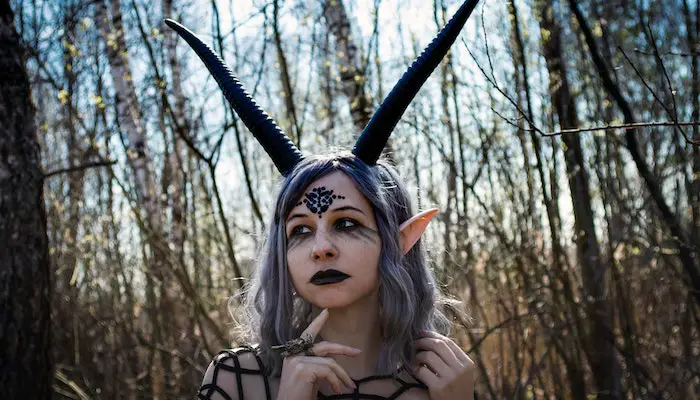
A lot of people think that Salem, Massachusetts is THE place to go if you want a full-on Halloween experience. A quick Google search and you will find that Ireland’s Derry City rivals Salem in reputation for having biggest Halloween festival. Even better, Derry trumps Salem when it comes to Halloween history as the celebration actually traces its roots back to the Celtic tradition Samhain (pronounced “SAH-win”).
Samhain is an ancient Celtic spiritual tradition celebrated between the fall equinox and winter solstice, a time wherein it is believed that the veil between the physical and spiritual world breaks down. Worshippers, led by druid priests, then offered sacrifices outside the villages for fairies and people dressed as animals and monsters to avoid being noticed and kidnapped by spirits and creatures from the Otherworld that cross over into this world.
Samhain, as all beliefs and traditions eventually do, evolved by the Middle Ages with fire festivals held primarily to protect peasants from fairies and witches. It is also around this time that the first versions of the jack-o’-lantern started appearing in Ireland, England and Scotland. Of course, the original jack-o’-lanterns were way more macabre than the ones we see everywhere today.
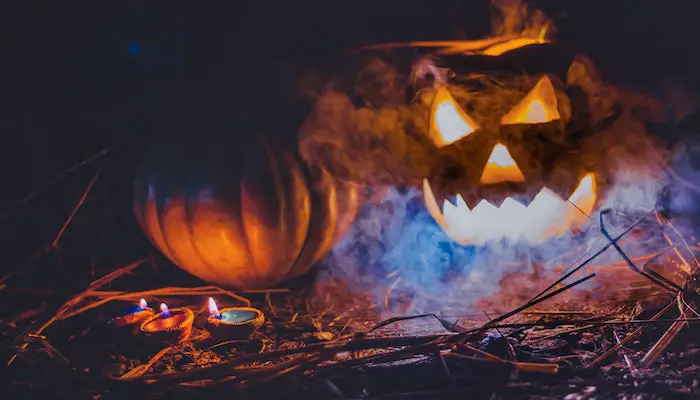
Samhain is still celebrated in Ireland today albeit not as a spiritual custom but as the worldwide holiday that is Halloween. It’s more about dressing up, having fun, and trick or treating – which isn’t surprising since it is there that this tradition started as well.
All Hallows’ Eve and All Hallows’ Day
The 9th century brought about very different spiritual significance to October 31, which is when Samhain was traditionally held, due to the Catholic Church’s proclamation that November 1 be celebrated as All Hallows’ Day or All Saints’ Day. This meant that the night of October 31 was then called All Hallows’ Eve and Samhain had to evolve once again, this time merging with the Christian celebration to become what is now called – Halloween.
Halloween spread through the Americas as Irish immigrants continued to celebrate this age-old tradition, bringing with them the really fun aspects like trick or treating, monster costumes, and a less scary version of the jack-o’-lantern.
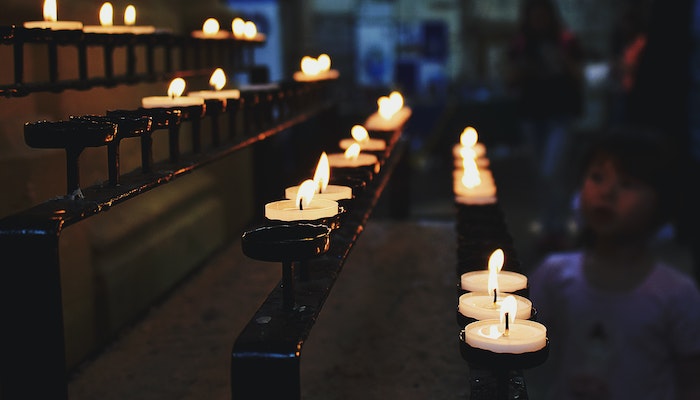
These days though, while Halloween is a secular holiday, many Christian religions still observe November 1 as All Saints’ Day in honor of the saints of the church. Depending on the country and specific Christian religion, November 2 is practiced as All Souls’ Days in remembrance of the dearly departed. This brings us to another very famous celebration held during the first week of November…
Dia de los Muertos
Dia de los Muertos, or the Day of the Dead, is not to be confused with Halloween as its roots are very much different and their only connection is the day they fall. It is understandable though that people who do not know much about the history of either festival may think that they are somewhat connected given similar aspects such as honoring the dead and the over-the-top festivals and elaborate costumes.
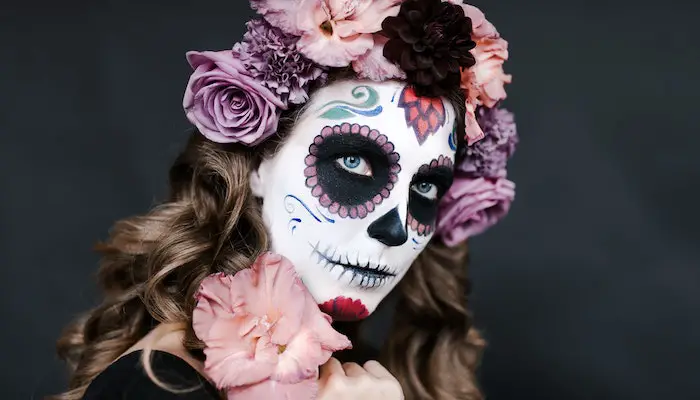
The Day of the Dead, which originated in Mexico, is celebrated all over Latin America. It is celebrated from November 1 to 3.
Dia de los Angelitos is held from midnight of November 1st to midnight of November 2nd and is dedicated to the spirits of departed children. During this time the dead children are said to come back so they can be reunited with their families for a day. Dia de los Adultos, observed right in the heels Dia de los Angelitos, is held in honor of the dearly departed adults. Dia de los Muertos ends in another day-long celebration of life and death where families visit the graves of their loved ones to clean them and bring flowers and food as offerings. During the last day of the festival, Mexico throws its iconic Day of the Dead parade, drawing tourists from all over the world.
Important symbols that people immediately associate with the Day of the Dead, with or without knowing what they truly represent include ornately decorated sugar skulls, the calavera (which translates to “skull’ but can be just a skull or entire skeletal figures), family altars adorned with marigolds, the colorful papel picados, and of course beautiful embroidered costumes.
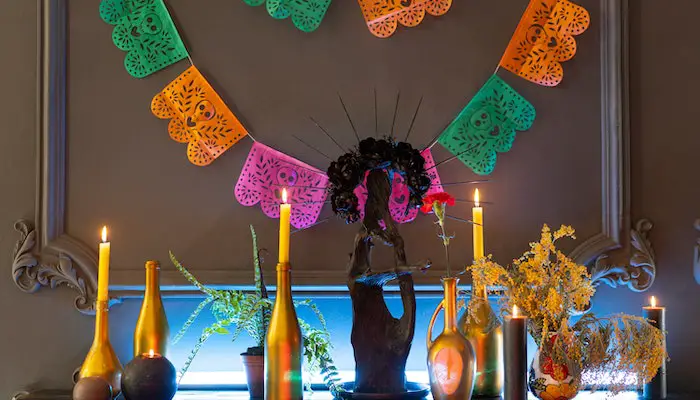
These three famous celebrations are not the only important traditions observed around the world in to honor the dead and even otherworldly spirits. There’s the Radonitsa (Day of Rejoicing) in Russia, Gai Jatra in Nepal, Awuru Odo Festival in Nigeria, the month-long Jum il-Metjin in Malta, and the Hungry Ghost Festival, which is a traditional festival from Taoism and Buddhism celebrated in different East Asian countries.
While not all of the celebrations happen between October to November, one thing is clear, Halloween may be pure fun as a holiday but we can learn more and expand our horizons if we just do a little digging. Even as we go to parties, hand out treats, have fun watching horror movies, and spend quality time with our friends and family, we can also take the time to deepen our appreciation of other people’s cultures and traditions.



